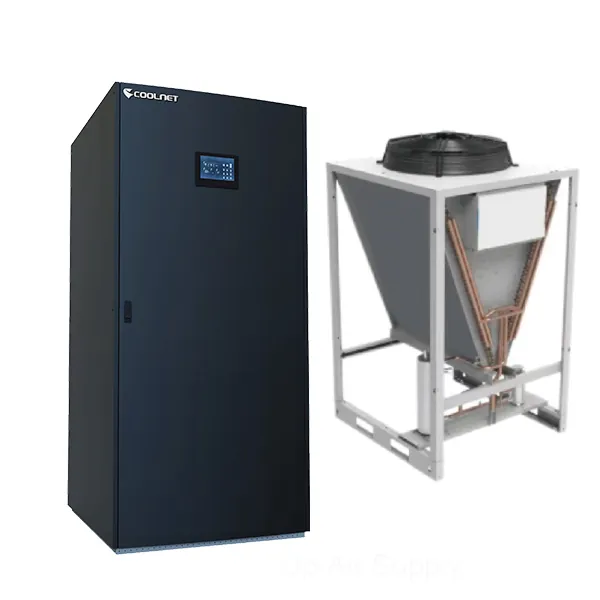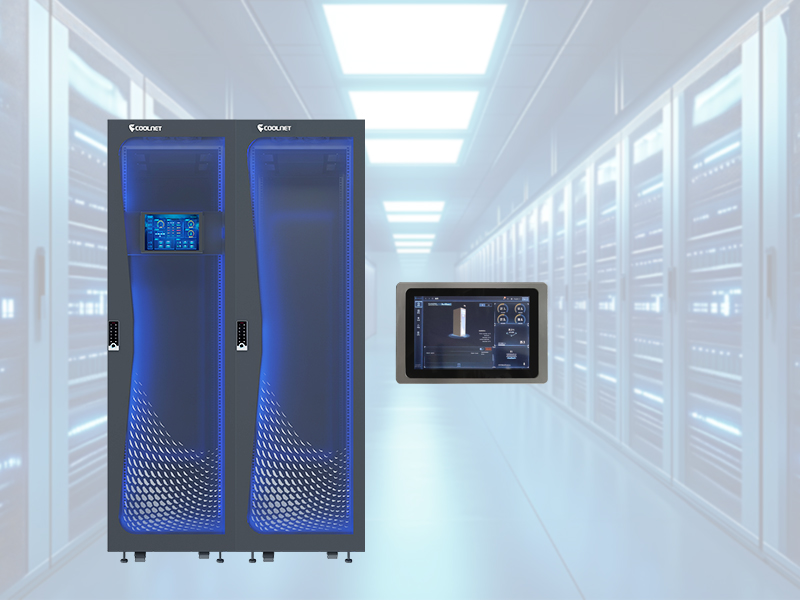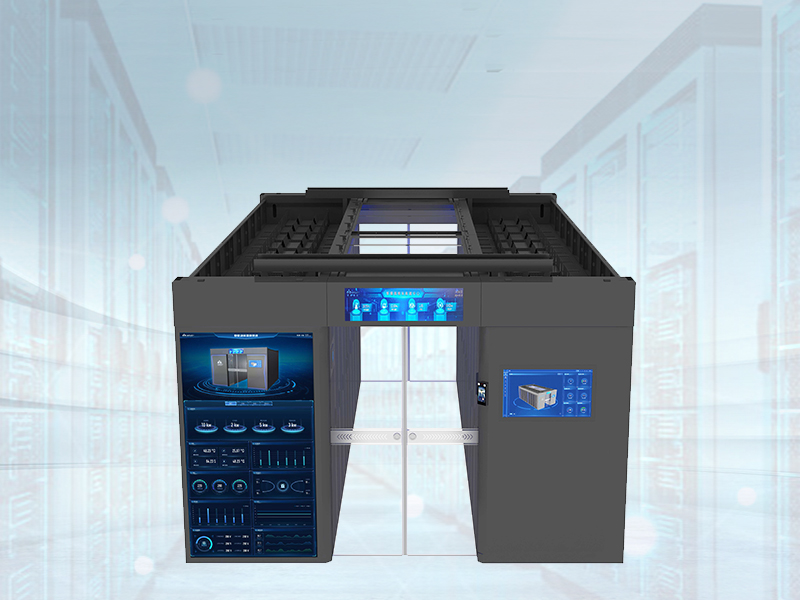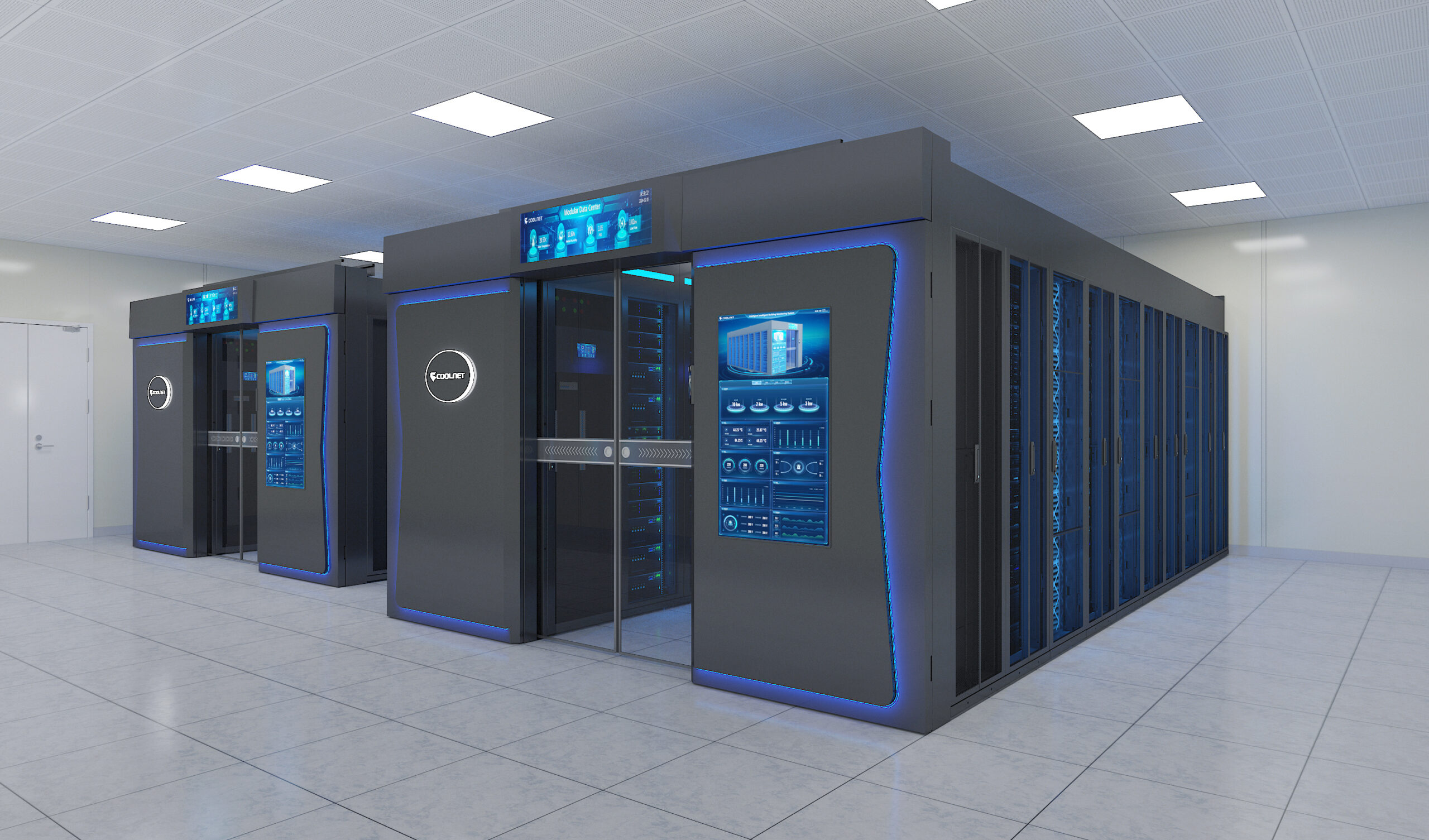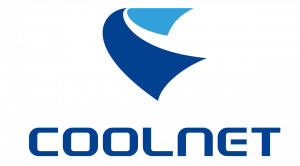Which Parts of Data Center Energy Use Are Hardest to Predict and Optimize?
Predicting and optimizing energy use in data centers is no small feat, and certain components stand out as particularly challenging. At Coolnet, we’ve worked with operators to tackle these issues, focusing on systems like the CRAC unit and precision air conditioning that are critical to energy efficiency. Let’s break down where the biggest hurdles lie.
CRAC Units: Balancing Load Fluctuations
Computer Room Air Conditioning (CRAC) units are workhorses, but their energy use is hard to predict because they respond directly to server activity—itself unpredictable. A sudden surge in processing power (like during a product launch) can cause CRAC units to kick into high gear, consuming more energy than forecast. Even with smart controls, matching cooling output to real-time demand is tricky. Our approach, seen in the CyberMaster Series, uses load adaptive control that dynamically adjusts cooling capacity. This helps, but rapid fluctuations still make precise optimization difficult.
Precision Air Conditioning: The Impact of External Conditions
Precision air conditioning systems, while designed for stability, are influenced by external factors that are hard to forecast. Temperature swings, humidity spikes, or even unexpected weather events can force these systems to work harder. For example, our CMF Series fluorine pump PAC uses free cooling when outdoor temperatures drop below 5℃, but sudden cold snaps or warm fronts can disrupt this efficiency. Predicting these changes requires accurate weather data, but even then, last-minute shifts can throw off energy projections.
UPS Systems: Hidden Energy Losses
Uninterruptible Power Supply (UPS) systems are essential for reliability, but their energy use is often overlooked in optimization efforts. They lose energy through conversion processes, and their efficiency drops when operating at low loads—a common scenario in many data centers. While our solutions include high-efficiency UPS integration with precision air conditioning, predicting when these systems will switch to backup mode (and how much energy that consumes) remains challenging. This unpredictability makes it hard to factor them into long-term energy plans.
Server Racks: Varied Power Draws
Individual servers within a rack can have vastly different power needs, depending on their workload. A rack hosting idle servers might use 30% less energy than one running intensive AI tasks, but these patterns change hourly. Even with smart PDUs monitoring usage, predicting which racks will spike in demand is difficult. This variability makes it hard to optimize cooling for specific racks, leading to overcooling in some areas and inefficiencies in others.
Conclusion
The hardest parts of data center energy use to predict and optimize are those influenced by external conditions or variable workloads—CRAC units, precision air conditioning, UPS systems, and server racks. At Coolnet, we address these challenges by designing systems with adaptive features: load-responsive CRAC units, weather-aware precision air conditioning, and efficient UPS integration. While perfect prediction remains elusive, these innovations bring us closer to balancing reliability and efficiency. By focusing on these critical components, we help operators gain better control over their energy use, even in the face of uncertainty.

